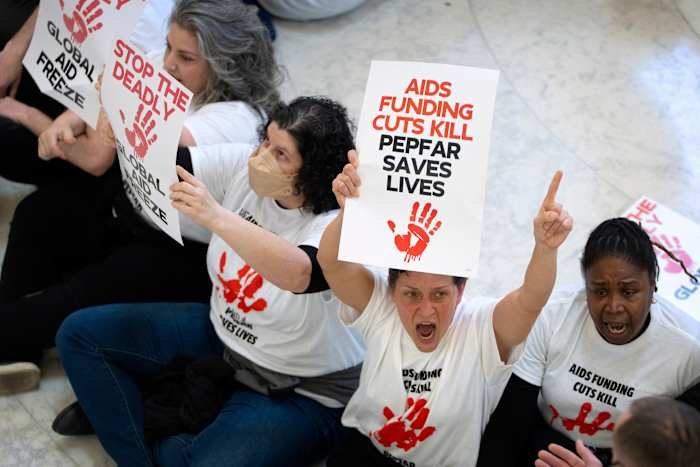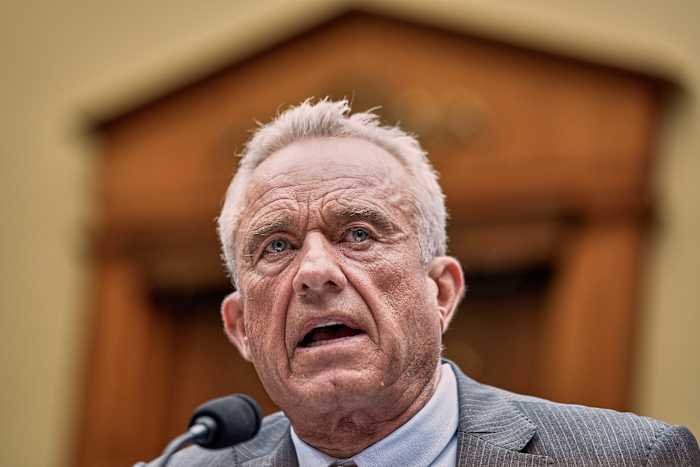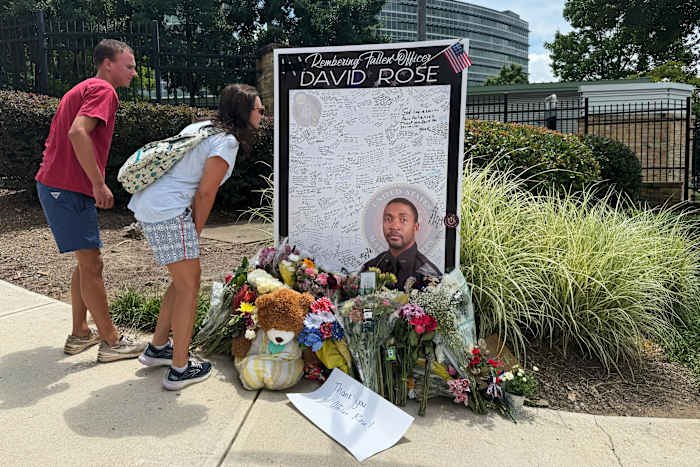South Africa has recently welcomed a substantial $115 million bridging plan from the United States to maintain its critical HIV treatment and prevention programs until the end of March. This vital funding ensures the continuation of lifesaving support for millions, preventing a lapse in care as international funding streams are renegotiated. For Orlando readers, this story highlights not only the global fight against HIV/AIDS but also the interconnectedness of healthcare efforts, research, and advocacy that often extend from cities like ours to communities around the world.
Understanding the $115 Million US Bridge Plan
The United States has long been a key partner in fighting the HIV/AIDS epidemic in South Africa, a country with one of the highest HIV prevalence rates globally. The newly approved $115 million bridge plan is designed to fill a crucial funding gap, ensuring that ongoing programs for HIV treatment and prevention remain uninterrupted for the next six months. This move comes as South Africa and international donors work together to negotiate longer-term funding agreements.
The bridge funding will sustain access to antiretroviral therapy, community outreach, testing services, and educational campaigns. These initiatives are essential in curbing the spread of HIV and improving the quality of life for those living with the virus. The US President’s Emergency Plan for AIDS Relief (PEPFAR) is spearheading this effort, having played a pivotal role in supporting South Africa’s public health infrastructure for decades.
Why South Africa’s HIV Programs Matter Globally and Locally
South Africa’s ongoing battle against HIV/AIDS is not just a local issue—it’s a global health concern. As the country with the world’s largest population of people living with HIV, developments there have wide-reaching implications. Breakthroughs in prevention, treatment protocols, and community-based approaches in South Africa often serve as models for other nations, including the United States.
Orlando, home to a vibrant medical research community and a diverse population, has much to learn from South Africa’s strategies. Local organizations and health professionals regularly collaborate with their international counterparts, sharing research, best practices, and innovations. The ongoing support for South Africa’s HIV response indirectly strengthens efforts here in Central Florida, where HIV prevention and care remain critical public health priorities.
The Role of US Support: A Lifeline for Millions
The partnership between the US and South Africa is a testament to the power of international cooperation in tackling public health crises. The $115 million bridge plan is more than just a financial transaction—it’s a lifeline for over five million South Africans who rely on antiretroviral treatment. Without this support, disruptions in medication and prevention programs could lead to thousands of new infections and unnecessary deaths.
For Orlando’s healthcare providers and advocacy groups, the story resonates deeply. Many local clinics and nonprofits receive federal funding, and the city is home to survivors and advocates who have benefited from global HIV/AIDS initiatives. The bridge plan serves as a reminder of the shared responsibility to end the HIV epidemic, both at home and abroad.
Lessons for Orlando: Community, Advocacy, and Resilience
South Africa’s response to funding challenges offers important lessons for Orlando. Community engagement, robust public-private partnerships, and relentless advocacy are key components of success. As South Africa mobilizes to secure sustainable funding beyond March, its experience demonstrates the importance of planning for continuity in healthcare services, even during periods of uncertainty.
Orlando’s own HIV prevention and care programs can draw inspiration from the resilience shown in South Africa. The city’s public health leaders continually emphasize the need for stable funding, community education, and outreach to the most vulnerable populations. By following the global conversation and supporting international efforts, Orlando residents contribute to a world where HIV/AIDS is no longer a threat.
What This Means for the Future of HIV Care
The US bridge plan is a crucial stopgap, but sustainable solutions are needed for the long term. South Africa is actively working with international partners to develop new funding models that ensure ongoing access to treatment and prevention. Meanwhile, research continues to advance, with new medications, prevention strategies, and potential vaccines on the horizon.
For Orlando and other US communities, continued engagement in global health issues like HIV/AIDS is essential. By supporting international partnerships and staying informed about developments abroad, local residents help foster a more connected and healthier world. As we watch South Africa navigate this critical period, we are reminded of the importance of solidarity and the impact that dedicated advocacy can have on millions of lives.
Conclusion: Join the Conversation
South Africa’s acceptance of the $115 million US bridge plan is a powerful example of international cooperation in the fight against HIV/AIDS. The story offers valuable insights for Orlando’s own public health community, demonstrating the importance of stable funding, innovative partnerships, and global solidarity. How do you think global health initiatives impact local communities like Orlando? What more can our city do to support the fight against HIV/AIDS, both locally and internationally?
We invite you to share your thoughts and experiences in the comments below. Your voice matters in the ongoing conversation about global and local health!
















